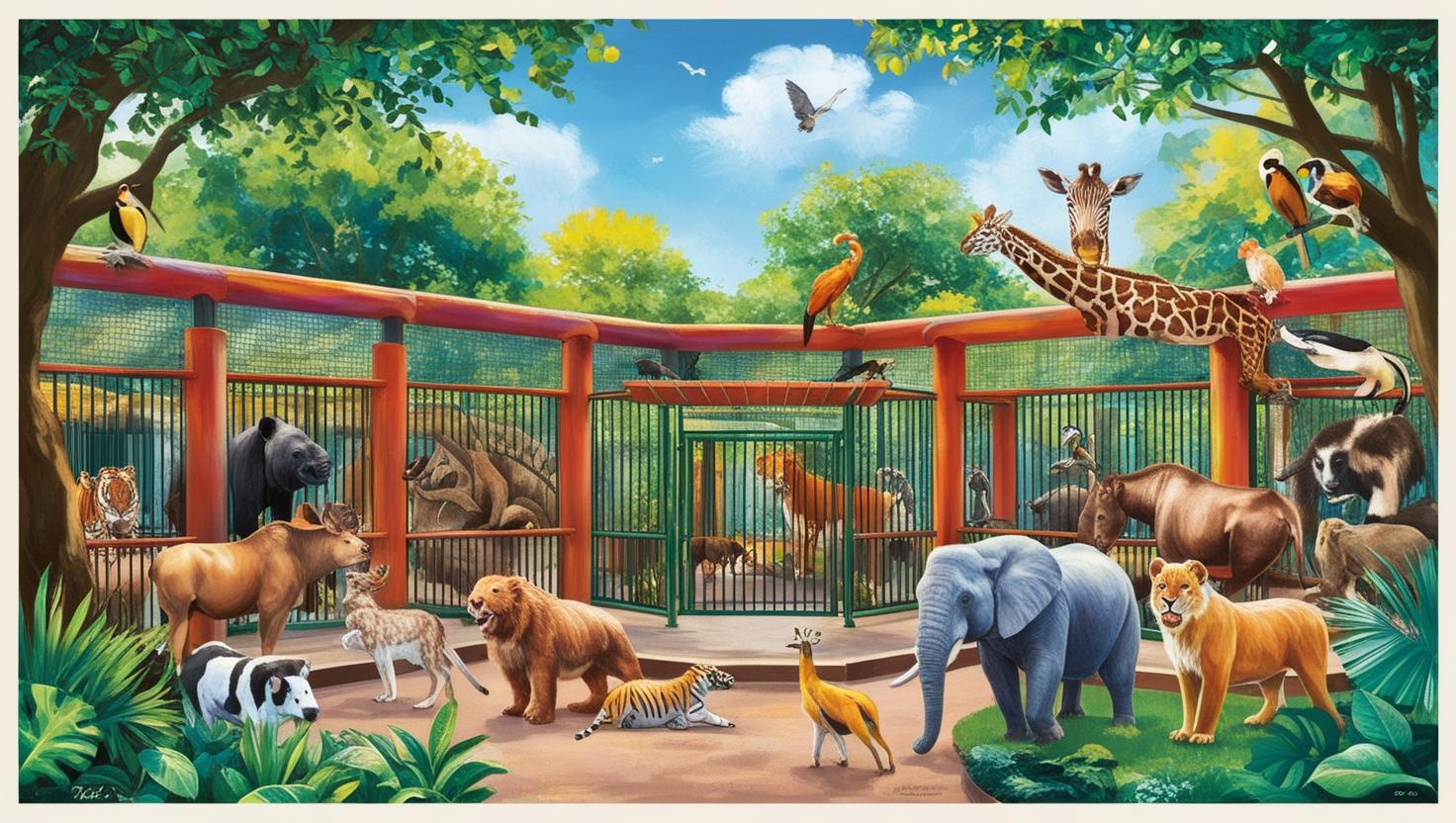The term “Art of Zoo” may seem perplexing at first glance, as it juxtaposes the concepts of art and zoology. However, within certain online communities, “Art of Zoo” is a euphemism for explicit content involving humans and animals, a subject that is both controversial and illegal in many jurisdictions due to ethical and legal concerns.
Origins and Online Usage
The phrase “Art of Zoo” appears to have originated from online subcultures that employ coded language to discuss and share prohibited content. The use of “art” in this context may imply a form of expression, while “zoo” references animals, together masking the true nature of the material being discussed.
Ethical and Legal Implications
Engaging in or promoting explicit content involving animals is considered animal abuse and is illegal in many countries. Such acts are morally reprehensible, as they involve the exploitation and harm of animals, who cannot consent to such activities. Possessing, sharing, or producing “Art of Zoo” content can lead to severe legal consequences, including fines and imprisonment. Law enforcement agencies actively monitor and prosecute individuals involved in these activities to protect animal welfare and uphold the law.
Addressing the Issue
To combat the spread of “Art of Zoo” content, several measures can be taken:
- Education and Awareness: Raising awareness about the ethical and legal issues surrounding such content is essential. Educating the public about the harm caused to animals and the legal consequences can deter individuals from engaging in these activities.
- Online Monitoring: Social media platforms and online communities should implement stricter monitoring and moderation to prevent the sharing and dissemination of “Art of Zoo” content. Reporting mechanisms should be in place to allow users to flag inappropriate content.
- Law Enforcement: Law enforcement agencies must continue to investigate and prosecute individuals involved in the production, distribution, and consumption of “Art of Zoo” content. Collaborative efforts with international organizations can help tackle this issue globally.
- Support for Offenders: Providing support and rehabilitation for individuals involved in creating or consuming such content can help address the root causes of this behavior. Psychological counseling and educational programs can assist in changing harmful attitudes and behaviors.
The Role of Social Media
Social media platforms play a significant role in the spread of trends like “Art of Zoo.” While these platforms offer numerous benefits, they also pose challenges in terms of content moderation and user safety. Platforms must balance the need for free expression with the responsibility to prevent the spread of harmful content.
Conclusion
The “Art of Zoo” trend is a disturbing phenomenon that highlights the darker side of online communities and content sharing. Understanding its origins and implications is crucial for addressing and mitigating its spread. By raising awareness, enforcing laws, and promoting ethical behavior, society can work towards a safer and more compassionate online environment.
